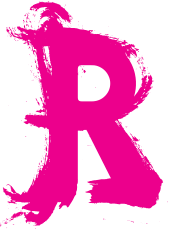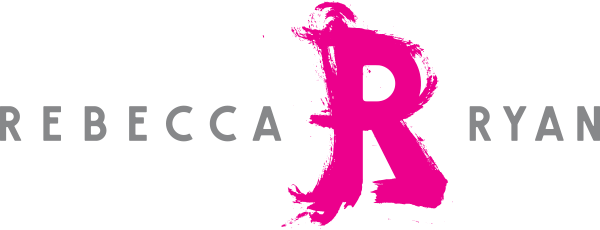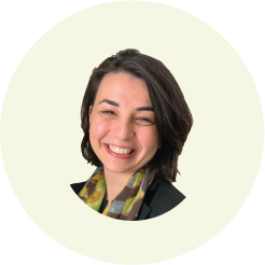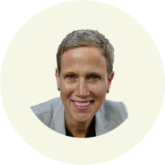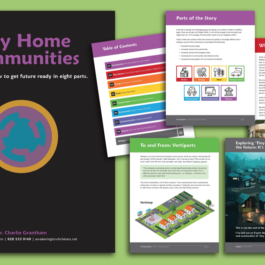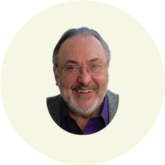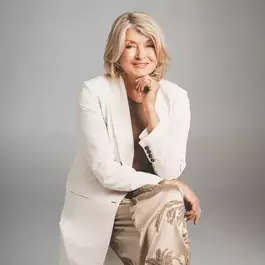What are the top 10 trends for the next ten years? Download the report here.
Image credit: https://www.rawpixel.com/image...
This article is inspired by our Futures Friday discussion with Rowena Morrow.
The future is not here yet. But in many ways it already exists – through ideas or images that each person and group hold in their minds and hearts.
These visions for the future range from the small to the big picture, from the specific to the holistic. Healthy, thriving people and communities. Clean water and a safe and sustainable environment. Fair and inclusive opportunities for all. Fast, reliable, and affordable services. The end of the pandemic. Work-life balance. Financial health and freedom. Naps, snacks, and snuggles forever. You get the idea.
We don’t necessarily act on our desirable ideas or images of the future. But sometimes, we do.
What explains the difference? What is it that makes us shift from “I believe something should be” to “I'm going to do something about it”?
Australian futurist Rowena Morrow suggests that the shift depends on our ability to use hope as a strategy. This is not “close your eyes, cross your fingers, and make a wish.”
Instead, like strategic foresight does for tackling “the future,” hope theory suggests a practical approach for strengthening and leveraging hope to create brighter futures.
What’s hope theory? How does it relate to the strategic foresight process?
Hope theory is about setting goals, working out ways to achieve those goals, and generating agency. American psychologist Charles R. Snyder developed it to understand better how people move closer to things they want – in terms of goal pursuits – instead of avoiding things they don’t want. You can think of hope as the “other side” of making excuses.
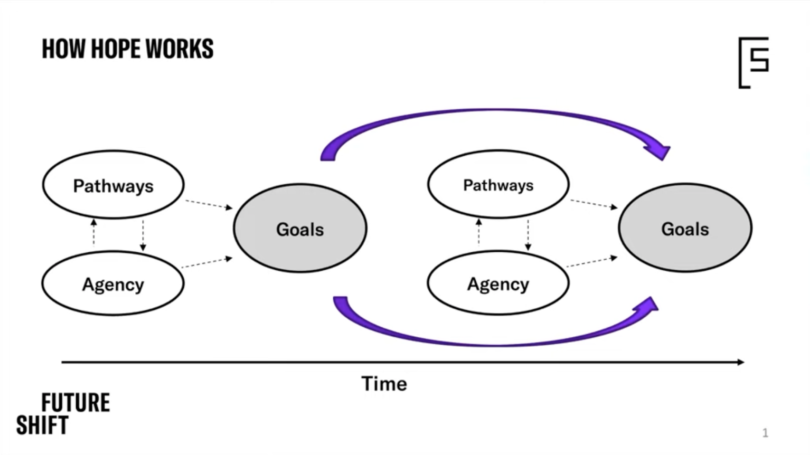
Image credit: Rowena Morrow
Hopeful thinking requires that a person (or group) believes both – that (s)he can find pathways to a desired goal (“pathways thinking”) and has the ability and determination to use those pathways (“agency thinking”).
Examples:
Individual: I want to learn about Aboriginal views on the world and future (goal). I can do that through books, articles, podcasts, book clubs, and more (pathways thinking). I can do this because I enjoy learning new things and have done it successfully before (agency thinking).
Group: We want to improve our team’s ability to solve problems creatively and design equitable solutions (goal). We could develop this capacity through new training and by collaborating with or hiring talent who bring alternative perspectives and skills to our team (pathways thinking). We can do this because we have the budget for it and the support of our leadership (agency thinking).
Using pathways thinking means generating at least one workable route from point A (the present) to point B (an imagined future/a goal). The more pathways you generate, the more resilient you can be in the face of barriers or obstacles.
If you want to brainstorm pathways or review your pathways thinking, you can use a sequence of questions like these:
What is going on?
Where do I want to go?
What is stopping me?
How might I get there (anyway)?
What’s another way?
In the context of the 4-phase strategic foresight process, our clients practice and strengthen their pathways thinking in multiple ways:
In the Sensing phase, when we explore how a signal or trend might unfold and interact with other forces.
In the Imagining phase, when we develop scenarios that explore alternative pathways to a future point in time (e.g., 2030). Extra practice in pathways thinking happens whenever we develop two alternative scenarios exploring surprisingly successful futures.
In the Defining phase, when we identify a package of strategic priorities that enable a client to thrive across different circumstances.
In the Doing phase, when a team uses the Strategic Doing approach to brainstorm a variety of project ideas that are all designed to pursue the same major strategic priority.
In comparison, agency thinking is the perceived ability to use pathways to reach desired goals (“I can do this”). This type of thinking is critical when people become blocked and need to switch to an alternate pathway.
To clarify or review your agency thinking, you can use questions like these:
Which strengths can I use to achieve my goal?
Which aspects of my current situation work to my advantage?
When was I successful in similar situations in the past, and why?
Our clients practice and strengthen agency thinking through the entire strategic foresight process because we guide them through a series of practical steps to reach their goal – to create a plan for controlling or influencing their future.
According to hope theory, the more you achieve goals, the more you feel you will achieve future goals. Therefore, your hope goes up and your ability to think in pathways and sense of agency. This is why high-hope individuals are more likely to see stressors or obstacles as challenges to overcome.
Applying it in real life
Nice theory, but what about messy reality? We don’t live in a vacuum. Every person’s journey in hopeful thinking is shaped by their background, socioeconomic status, and context, including systemic and positional issues. So how might we nurture their sense of hope anyway?
Or what if we want large-scale systemic change, like more fairness and inclusion throughout society, but our group is not necessarily authorized to do anything or we don’t have power? How should we organize?
Rowena suggests that the solution to both is ultimately….you and how you choose to shape your sphere of control or influence.
More specifically, in her experience over the last 20 years, she has found that building hope at the group level can help build hope at the individual level. So, think about any group that you have some control or influence over. Maybe it’s your team where you work or volunteer, your friends, or your family. If you apply hope theory successfully and consistently as a team, your teammates can see, practice, and experience it and thus build their ability to do it for themselves.
As for how to create larger change, the way Rowena sees it is that no person can have or gain enough power to make significant changes. Even if you occupy the most powerful public office, those are also constrained by systems to balance powers, interest group influences, etc.
And yet, she says, we do have the power. Rowena’s approach to creating larger-scale change is to apply hope theory, again. Here is what that can sound like in plain English: “I keep turning up. I keep turning up in these organizations.“ Actually, she does more than just show up. She focuses on contributing and making the changes she can make with and to the people she can influence through her work. She joins or works with organizations that are transforming in various ways to align with a new future. She calls out unjust or outdated views, helps with rethinking how we do things, and supports people in practicing and adopting different approaches in the for-profit, not-for-profit, educational, and government sectors.
So to summarize, hope theory suggests that we tend to act on our visions for the future when we set meaningful and feasible goals aligned with these visions that fall within our sphere of influence or control, identify multiple paths to those goals, and develop our agency to use those paths – over and over again. Every success, however big or small, strengthens this cycle, our resilience, and our sense of hope.
What about you? Are your goals, pathway thinking, and agency thinking aligned and setting you up to thrive? How might you use hope as a strategy to create brighter futures?
Additional sources used: Rand, Kevin L., and Jennifer S. Cheavens. "Hope theory." Oxford handbook of positive psychology 2 (2009): 323-333.
If you enjoyed this post, please subscribe to our newsletter.

Yasemin Arikan
Yasemin (Yas) Arikan operates the research vessel. She is a futurist who uses foresight and social science methods to help clients understand how the future could be different from today and then use these insights to inform strategy and vision. Her work includes developing scenarios on the futures of public health, health care, society and technology for associations, foundations, government, and business. Bonus: Yas can help you take your gift wrapping game to the next level. And she can talk with you about it in English, German, or Turkish. Watch Yas' Q&A on how NGC helps organizations prepare for the future using Strategic Foresight.
Yasemin Arikan Promoted to Director of Futures Research
NEXT Generation Consulting (NGC) announced the promotion of Yasemin Arikan to Director of Futures Research. Arikan will lead the company’s efforts to...
Is Your Housing Market Ready for Your Future?
One of the biggest problems facing many cities and towns is inadequate housing. This problem is most acute for seniors, veterans with disabilities, and low-income groups ...
Three Things Martha Stewart Gets Right About Return to Office (RTO)
The original influencer and the person who invented the "Home" retail category, Martha Stewart, became the latest CEO to tell employees to get back to the office five day...
